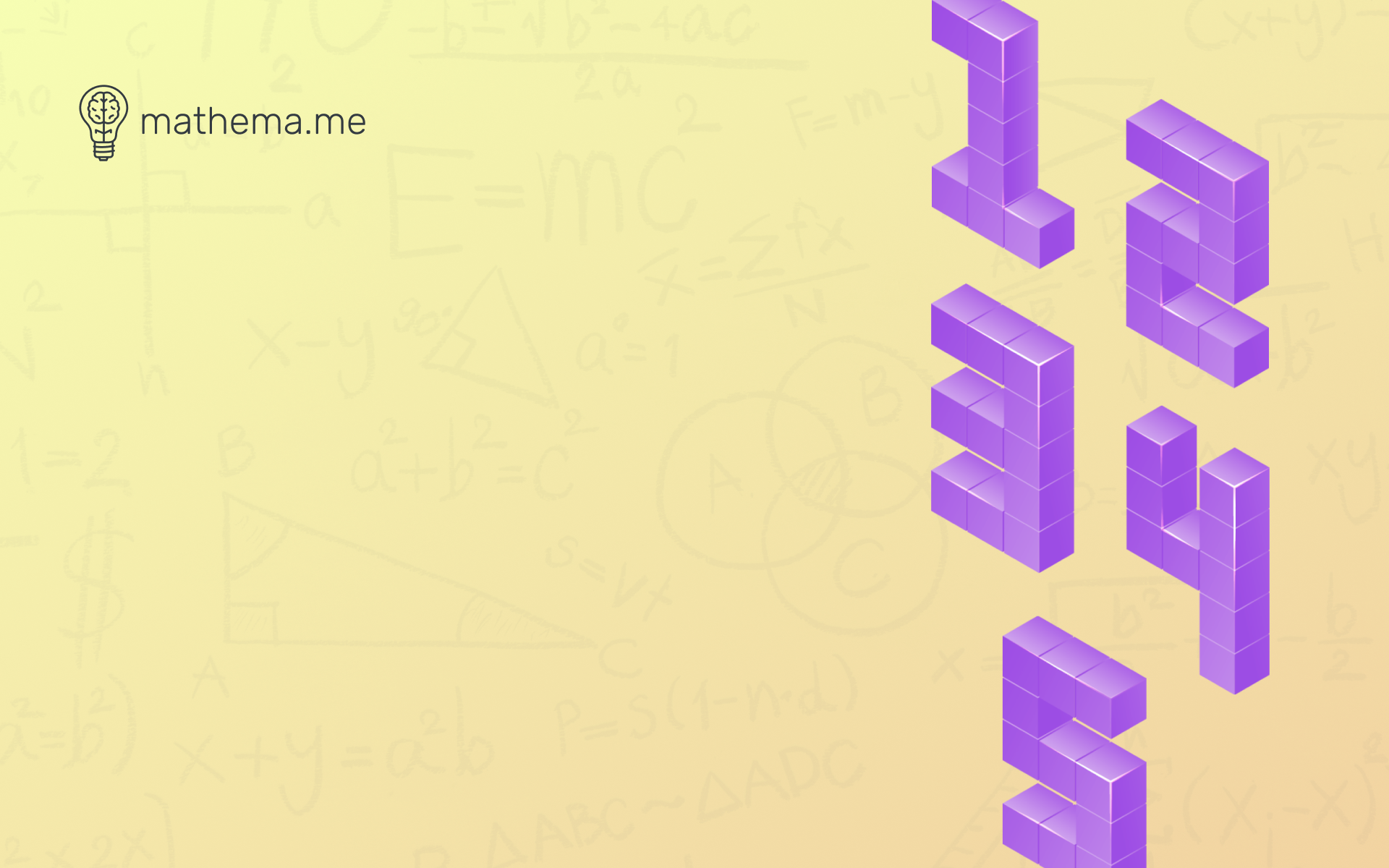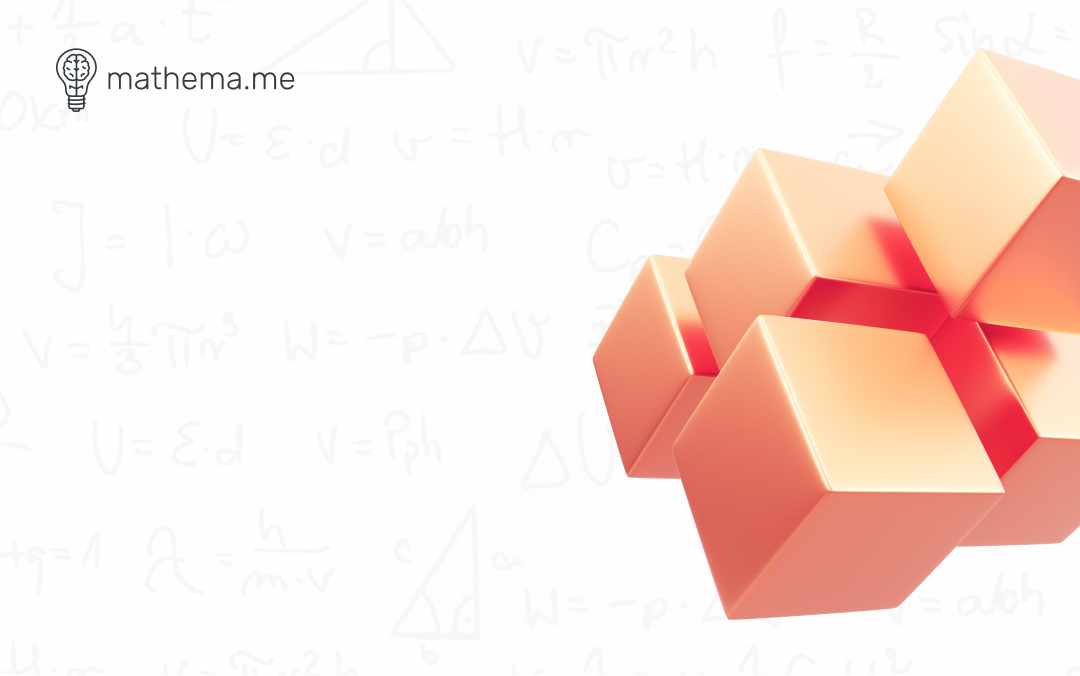When you’re studying mathematics, you need to deal with various types of numbers. However, many students often find themselves confused, struggling to grasp the concepts of real numbers, natural numbers, or the distinctions between rational and irrational numbers. Mathema provides a concise explanation of all the different kinds of numbers in mathematics.
What are the different types of numbers?
Numbers can be categorized into several types, including natural, whole, rational, irrational, real, and complex numbers. To clarify, you can visualize these categories using a diagram. Natural numbers are a subset of whole numbers, whole numbers are a subset of rational numbers, and rational numbers are a subset of real numbers. Each category contains additional numbers, but, for instance, the numbers 2 or 1 are immediately part of all these types.
What are natural numbers?
Natural numbers encompass all the numbers used for counting: 1, 2, 3, … 10, 11, 12, … 124, 125, 126. Zero and negative numbers (-1, -2, -3) are not considered natural numbers. The smallest natural number is one, and there’s no largest natural number since their quantity is infinite. The set of natural numbers, also known as the set “N,” is often represented using Roman numerals.
What are whole numbers?
Whole numbers include all positive, negative numbers, and zero: -3, -2, -1, 0, 1, 2, 3, … Essentially, they comprise all natural numbers along with their corresponding negative counterparts and zero. There’s no smallest or largest whole number. The set or collection of whole numbers is denoted by the letter “Z.”
What are rational numbers?
Rational numbers encompass all positive numbers, negative numbers, zero, and fractions: -1, -1/2, 0, 1, 1/2, 2, 3… Rational numbers represent an extended list that includes all integers and fractions. It’s important to note that the number 1 can be considered natural, whole, and rational simultaneously.
What are irrational numbers?
Irrational numbers are those that don’t belong to the categories of natural, whole, or rational numbers. Typically, they can’t be expressed as finite or repeating decimals and result in infinite decimal expansions. The most famous example is π (pi), which is approximately equal to 3.141592… Other examples of irrational numbers include √3 = 1.732050… Operations involving irrational numbers can yield both irrational and rational results.
What are real numbers?
Real numbers can be envisioned as a number line with all numbers arranged in order. They encompass all positive and negative numbers, zero, fractions, rational, and irrational numbers. Real numbers are represented by the letter “R.”

What are complex numbers?
Complex numbers are numbers that can be expressed in the form x + iy, where x and y are real numbers, and i represents the imaginary unit (a number whose square equals -1).
Other types of numbers
What are even and odd numbers?
Even and odd numbers are subsets of integers. An even number is one that can be divided by 2 without a remainder, while an odd number is not divisible by 2.
What is a prime number?
A prime number is a number that is divisible evenly only by 1 and itself. They follow a consistent sequence: 2, 3, 5, 7, 11, 13, 17, 19, 23, 29, 31, 37, 41, 43, 47, 53, 59, 61, 67, 71, 73, 79, 83, 89, 97, 101, 103, 107, 109, 113, 127, 131, 137, 139, 149… Mathematicians continue to study the properties of prime numbers in the field of Number Theory.
What are Fibonacci numbers?
Fibonacci numbers form a sequence in which each subsequent number is the sum of the two preceding ones. The sequence begins with 1, 1, and then continues as follows: 2, 3, 5, 8, 13, 21, 34, 55, 89, 144, 233, 377, 610, 987. Fibonacci numbers can be observed in various real-life phenomena, such as the arrangement of seeds in a sunflower, the spiral pattern of a snail’s shell, and even in the structure of DNA spirals in biology. Additionally, this sequence plays a significant role in architecture and art, contributing to the concept of the golden ratio.



